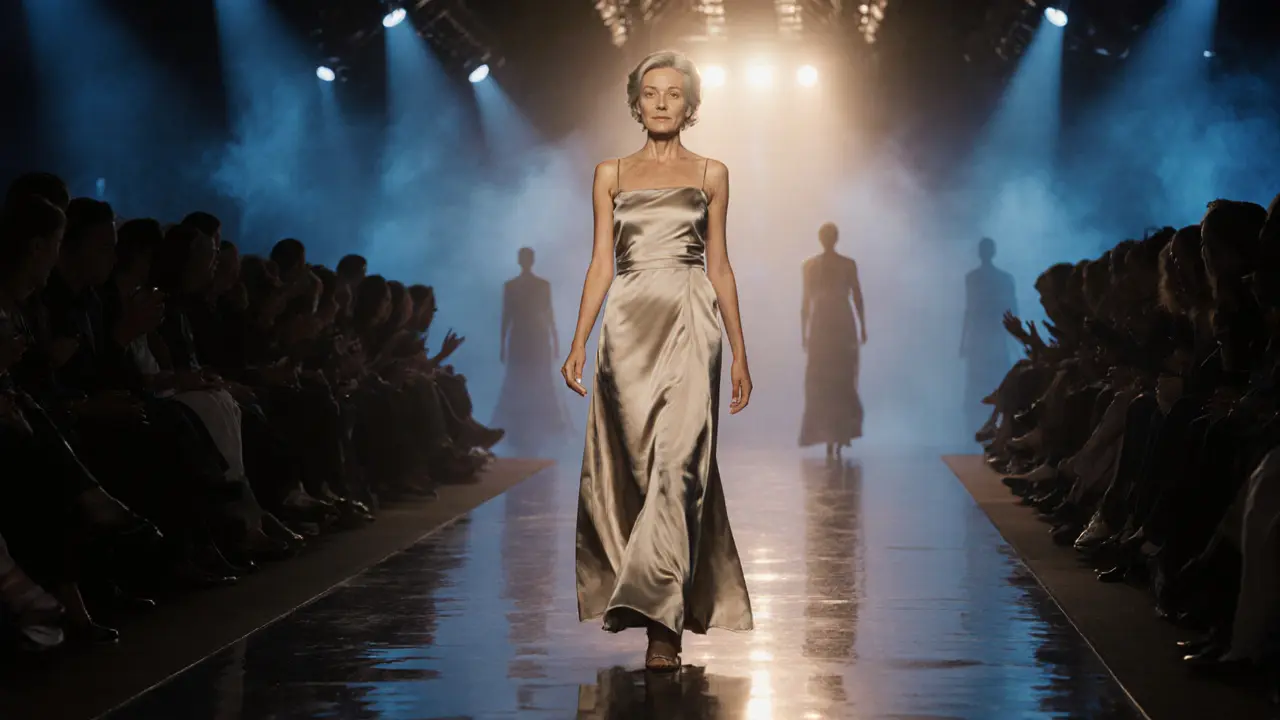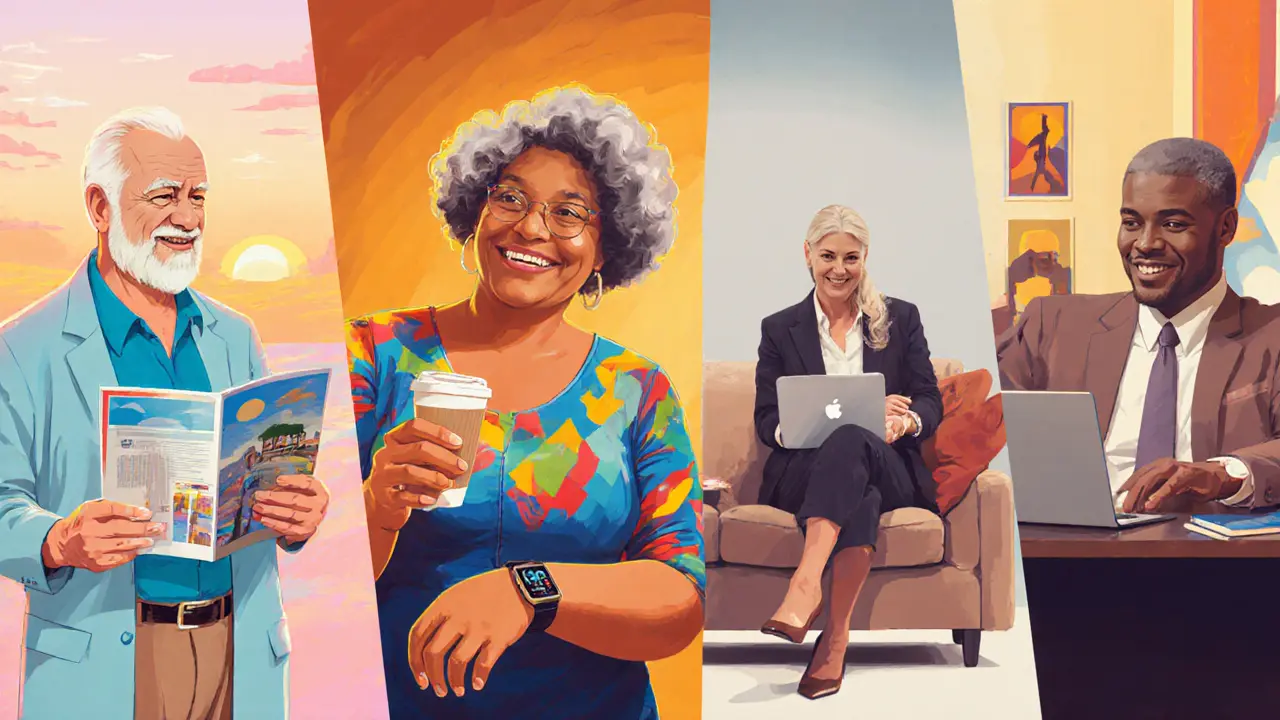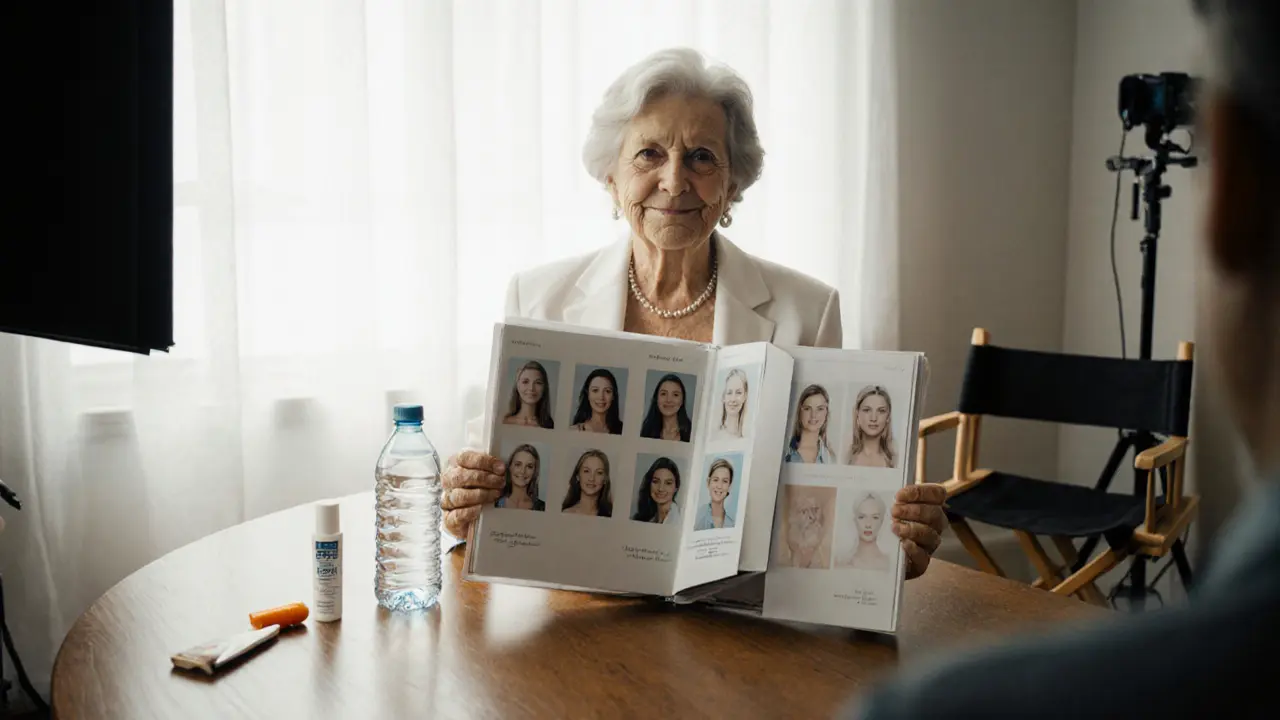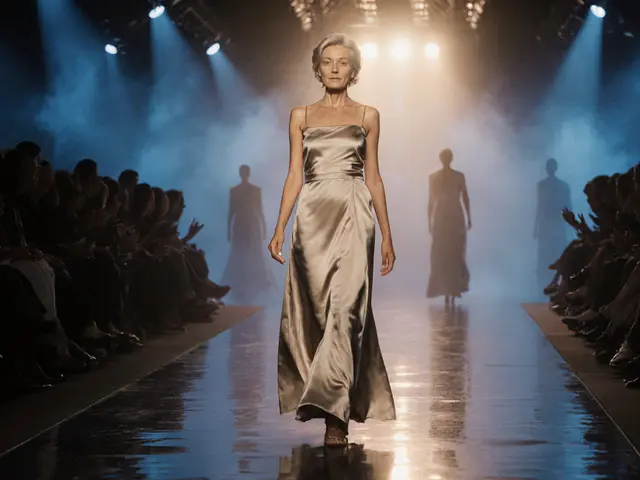How Old Can You Be and Still Model? Age Limits Explained

Key Takeaways
- The formal upper age limit for runway work is usually around 45‑50, but many agencies welcome models well into their 60s for commercial work.
- Different types of modeling have different age sweet spots - senior, lifestyle, and plus‑size markets are growing fast.
- A solid portfolio, professional attitude, and networking are more important than hitting a specific birthday.
- Know the agencies that specialize in mature talent and understand the contracts they offer.
- Stay healthy, protect your skin, and set realistic expectations about rates and schedule.
Direct Answer
There is no universal "oldest you can be" rule. In high‑fashion runway, agencies often stop booking new faces after the early‑mid 40s, but commercial, lifestyle, senior, and plus‑size sectors regularly feature models in their 60s, 70s, and even 80s. In short, your age is only a barrier if you aim for a niche that values youth above all else.
Understanding Modeling and Why Age Matters
When the industry talks about a model is a person who promotes products, clothing, or ideas by appearing in photographs, videos, or live events. Age becomes a factor because different markets target distinct consumer demographics. A teenager may sell teen‑oriented streetwear, while a 60‑year‑old can sell retirement‑planning services or luxury cruise experiences.
Benefits of Modeling at an Older Age
Older models bring credibility and relatability. Brands aiming for authenticity often choose talent that mirrors their target audience. You also tend to have a clearer sense of personal brand, better work habits, and a network of industry contacts that younger newcomers lack.

Modeling Types Open to Mature Talent
Here are the main segments where age is less of a gatekeeper:
- Commercial model works on ads for everyday products, from groceries to cars.
- Senior model focuses on campaigns aimed at older consumers, such as healthcare, travel, and fashion for seniors.
- Lifestyle model appears in lifestyle magazines, social media content, and brand storytelling pieces that showcase a real‑life vibe.
- Plus‑size model represents a broader size range and frequently works in both fashion and commercial sectors, regardless of age.
Finding Agencies That Embrace Mature Models
Start by searching for agencies that list "senior" or "plus‑size" divisions. Look for phrases like "diverse age representation" on their websites. Contact them with a concise email that includes:
- Your recent portfolio (digital PDF or online gallery).
- Relevant experience - even if it's community theater, fitness instruction, or social‑media influencing.
- A clear statement of the type of work you’re seeking (commercial, senior, lifestyle).
What to Expect at a Casting Call or Photo Shoot
A casting call for mature talent usually involves a short interview, a walk or pose demonstration, and a review of your portfolio. Expect the photographer to ask for natural, relaxed poses - the goal is authenticity, not the high‑impact runway exaggeration. Dress in simple, well‑fitted clothes and bring a smile.
Pricing, Contracts, and Payment
Rates vary widely. Commercial and senior gigs often pay per project, ranging from $200 for a small local ad to $2,000 for a national campaign. Always ask for a written modeling contract that outlines usage rights, payment schedule, and exclusivity clauses. Never sign a contract that asks you to waive rights to images for an indefinite period.

Health and Safety Tips for Older Models
- Stay hydrated and bring a water bottle to every shoot.
- Use sunscreen even for indoor studio work - reflective surfaces can amplify UV exposure.
- Communicate any physical limitations up front; most producers will accommodate reasonable requests.
- Consider a health insurance plan that covers freelance work.
Comparison Table: Modeling Types vs. Typical Age Range
| Modeling Segment | Typical Age Range | Key Brands |
|---|---|---|
| Runway / High‑Fashion | 16‑35 (rarely 36‑45 for niche shows) | Gucci, Chanel, Dior |
| Commercial | 18‑55 (most 25‑45) | Procter & Gamble, Toyota |
| Senior | 55‑80+ | AARP, Cruise Lines, Medicare Ads |
| Plus‑Size | 18‑60 (many 30‑50) | Lane Bryant, Torrid, Dove |
| Lifestyle / Influencer | 20‑65 | Airbnb, Spotify, Local Brands |
Frequently Asked Questions
Frequently Asked Questions
Is there an official age limit for runway models?
Most high‑fashion houses prefer models under 35, but special shows and some avant‑garde designers feature models up to 45. After that, runway work becomes rare.
Can I start a modeling career at 60?
Absolutely. Senior and lifestyle agencies actively recruit fresh faces in their 60s and 70s. Your look, confidence, and professionalism matter more than your birth year.
Do older models earn less than younger ones?
Compensation depends on the market, not age alone. Senior campaigns often pay premium rates because they target a high‑spending demographic.
What should I include in my portfolio as a mature model?
Show variety: headshots, lifestyle scenes, product shots, and a few runway‑style images if you have them. Keep the look natural and age‑appropriate.
How can I protect my skin for photo shoots?
Use a gentle moisturizer, sunscreen with SPF 30, and avoid harsh retinoids right before a shoot. Bring a hydrating mist for quick refreshes.
Bottom line: if you’ve got confidence, a solid portfolio, and the right agency, there’s no hard cut‑off. The model age limit is really just a guideline that shifts with market demand. So, check out agencies that love mature talent, polish your portfolio, and start booking shoots that celebrate your age.

